
It’s hard to believe sometimes that males were once the peacocks of the upper crust. Internet CEOs may be wearing rocker jewelry on weekends, but making it to the boardroom usually means packing away the pendants.
Kristina Laugland, curator of The Peacock Male: Exuberance and Extremes in Masculine Dress (opening next month at the Philadelphia Museum of Art), chatted with us about the wilder side of men’s fashion history.
It seems women are the peacocks in our society now, wouldn’t you say?
Yes, but men who want to express themselves through dress have a lot more leeway now then they did a century ago. In the 19th and early 20th century, men’s clothes were very sober and dark, maybe with an occasional accessory to liven it up.
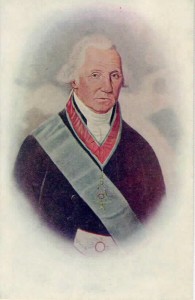
Is that why cuff links became bigger and flashier whenever men’s fashion was most conservative?
Probably. There were also occasions – even in those somber, conservative eras – where men could wear costumes, go all out and dress up by showing their affiliation with a group like the Freemasons. Those Masons’ aprons were quite eccentric.
The only time you see George Washington wearing a necklace is when he’s pictured as a Mason. The Mummers of South Philly are pretty macho too until they whip out the feather headdresses on New Year’s Day, another old tradition.
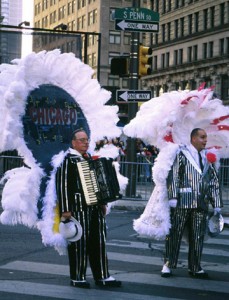
Costumes worn in a group show group affiliation and take some of the stigma away, make it easier for men to wear flashy things even in periods when the traditions were very conservative. Males who chose to dress idiosyncratically on their own were extremely rare and had to have a pretty strong wish to be looked at.
It does seem like men need a costume or uniform to dress up, but then so do women in a way.
There’s always a group aesthetic where fashion is concerned. It’s about what’s considered normal, natural, suitable within gender roles – and we all conform to this. It’s very hard to get away from that, even the most rebellious tend to dress in a certain way.
If you look at younger people who are trying to make a break with their elders, you’d think they’d been issued a uniform. They tend to wear exactly the same thing, even though it’s totally different from what the adults are wearing.
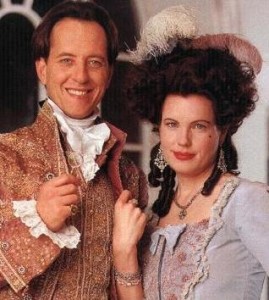
So what was the peak of the peacock male?
We start the exhibition with an 18th century piece, worn before elite men gave up wearing flashy clothes as they had for centuries. Before that, if you could afford it, you wanted everyone to know you were one of the very wealthy who could afford these elaborately embellished garments, embroidered silk and lace – very ostentatious.
With the Industrial Revolution, the ideal shifted, became more business-like with an emphasis on fine tailored linen, understatement. Sober and dark became the norm for men. Women were to be the embellished ones. Everything that previously denoted the elite was now associated with women.
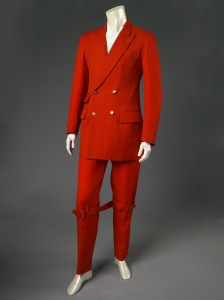
There were fewer opportunities for men to display flash – and that also applied to accessories. That lasted through the mid-20th century. Then the sixties brought the peacock revolution and a lot of barriers were broken. That exuberance continued through the seventies and eighties, with designers like Vivienne Westwood.
There are still uniforms for men but those who wish to dress colorfully can – unless they work in a conservative environment and have to stick to a dress code. But even those codes have been eroding. Men are still more limited in their fashion choices than women, of course. Women have a whole range of options to choose from.
That range is a blessing and a curse.
Exactly. When you get an invitation to a black tie event, men know exactly what to wear. Women wonder: Is it long, short, cocktail – and on and on. So it does work both ways, can be very easy not to worry about what to wear except for a few little things to liven up an outfit.
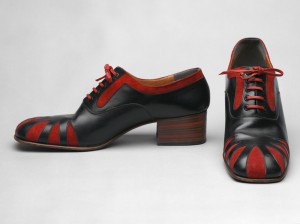
This exhibition looks at various times and occasions when men dressed up, to show their status in society.
Even now, specialized uniforms for sports can be quite gaudy – like hunting coats, for example. Obviously it’s something you had to have a fair amount of money to buy and it indicated you had the leisure time to indulge the sport. We take some of that for granted now.
The Peacock Male: Exuberance and Extremes in Masculine Dress opens at the Philadelphia Museum of Art on Jan. 22 and runs through June 2011.
